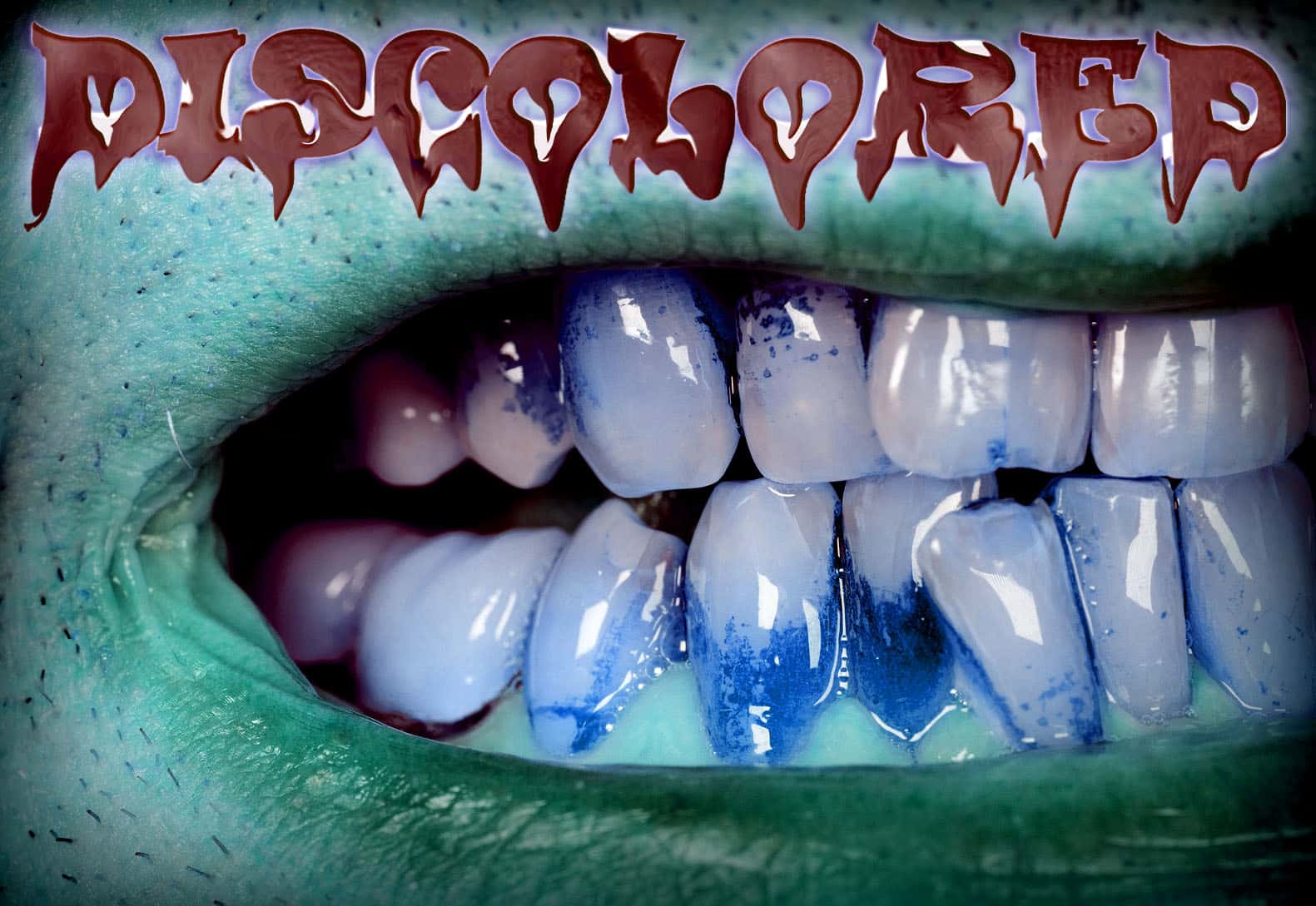Tooth discoloration occurs when stains on the surface of the teeth or changes inside a tooth take place. Tooth discoloration can cause the teeth to appear dull, have white streaks or various shades of yellow if the enamel has worn away and the dentin is showing through. They may also look spotted brown or appear to have brown pits. Whether the condition is slight or extreme, it can be embarrassing and lessen a person’s self-confidence especially when smiling. Fortunately, tooth discoloration is preventable and treatable. Knowing what causes stains can help minimize the risk of having dull or discolored teeth. Knowing how to treat teeth that are already stained can bring back whiter teeth and a happier smile.

The three primary types of tooth discoloration, and their causes, include:
Making a few lifestyle changes and avoiding certain medications can help prevent or improve tooth discoloration. Cutting back on the consumption of stain causing foods and beverages significantly helps the teeth maintain their whiteness. Tobacco is a leading cause of discoloration so stopping its use benefits the teeth. Maintaining proper oral hygiene is imperative in order to keep the teeth white and the mouth healthy. Brushing, flossing and using mouthwash daily as well as regular cleanings by a dental hygienist can prevent or improve discoloration.
Treatment options for discoloration vary depending on the type of stain and the damage that is caused. Some of the most common treatment options include:
12/15/16 SP